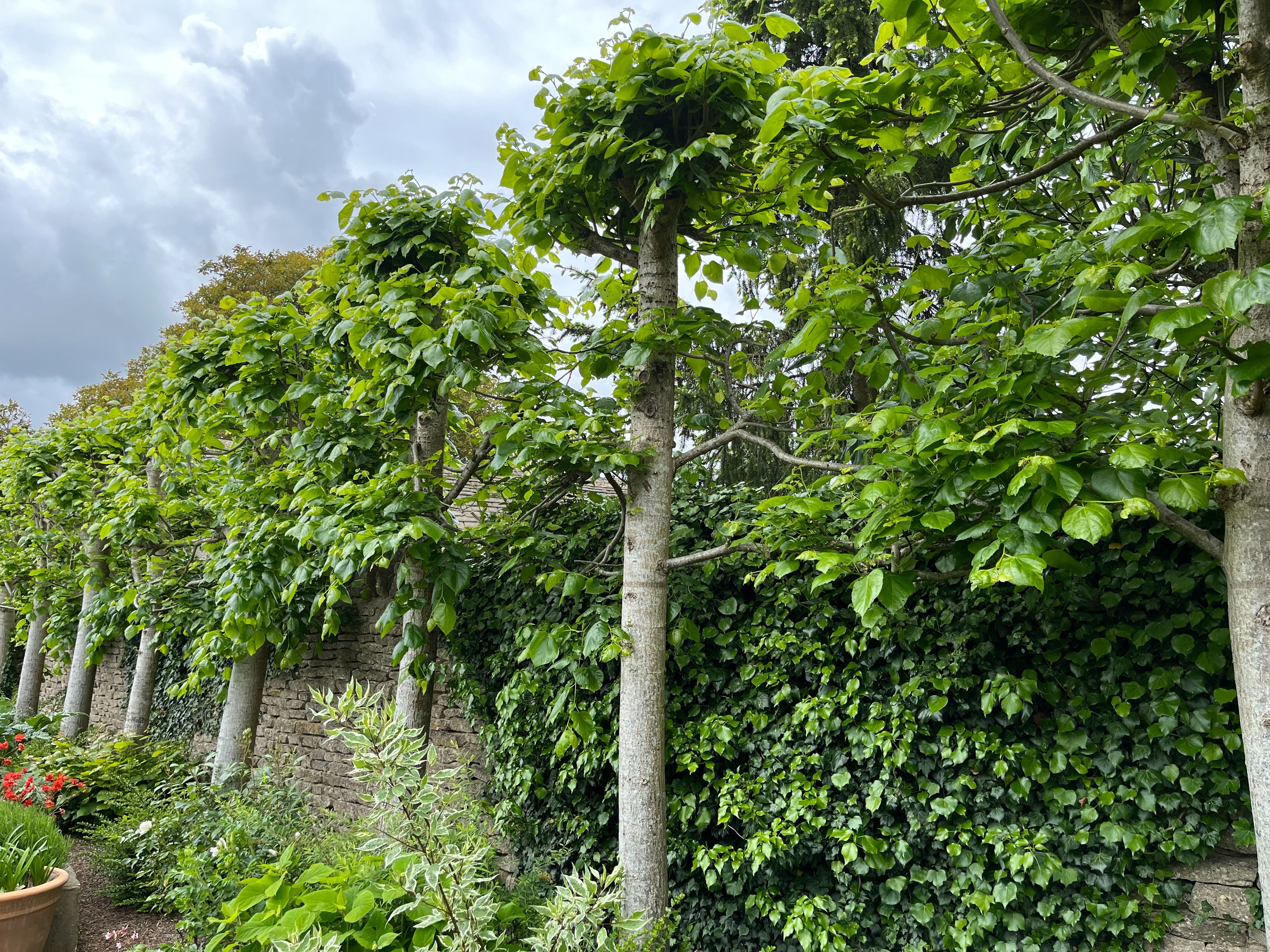Garden trends - pleached trees

Trees trained into architectural shapes such as pleached trees have been used in large formal gardens since the 17th Century. In recent years they’ve become increasingly popular with contemporary designers in smaller urban gardens as well as bigger country gardens.
These trees trained on square frames, with their wide slim canopies on long clear stems, are perfect for increasing the height of an average fence, thus screening surrounding houses. They’re also useful for dividing a garden into smaller rooms, and around seating, creating a sense of privacy and shade.
There’s a wide range of species to choose from. If you’re looking for year-round screening, evergreen options include cherry laurel (Prunus lusitanica ). Photinia x fraseri ‘Red Robin’ is reliable and cheerful with its red-tinged leaves. Magnolia grandiflora with its smart large glossy leaves and Ligustrum japonica (there’s also a pretty variegated version of this) are also good options.
In terms of deciduous trees, native hornbeam, (Carpinus betulus) and beech (Fagus sylvatica) with fresh green leaves in spring, autumn colour and brown foliage that’s often retained through winter have a different, ever-changing beauty.
Pleached trees work well underplanted with shrubs such as choisya or hydrangea, along with mixed planting and bulbs such as alliums or tulips.











